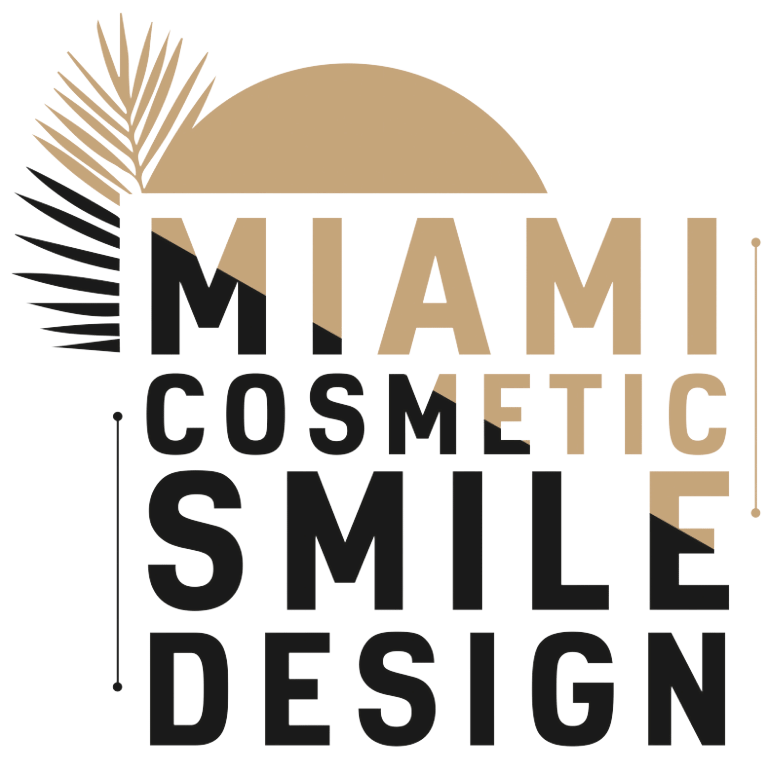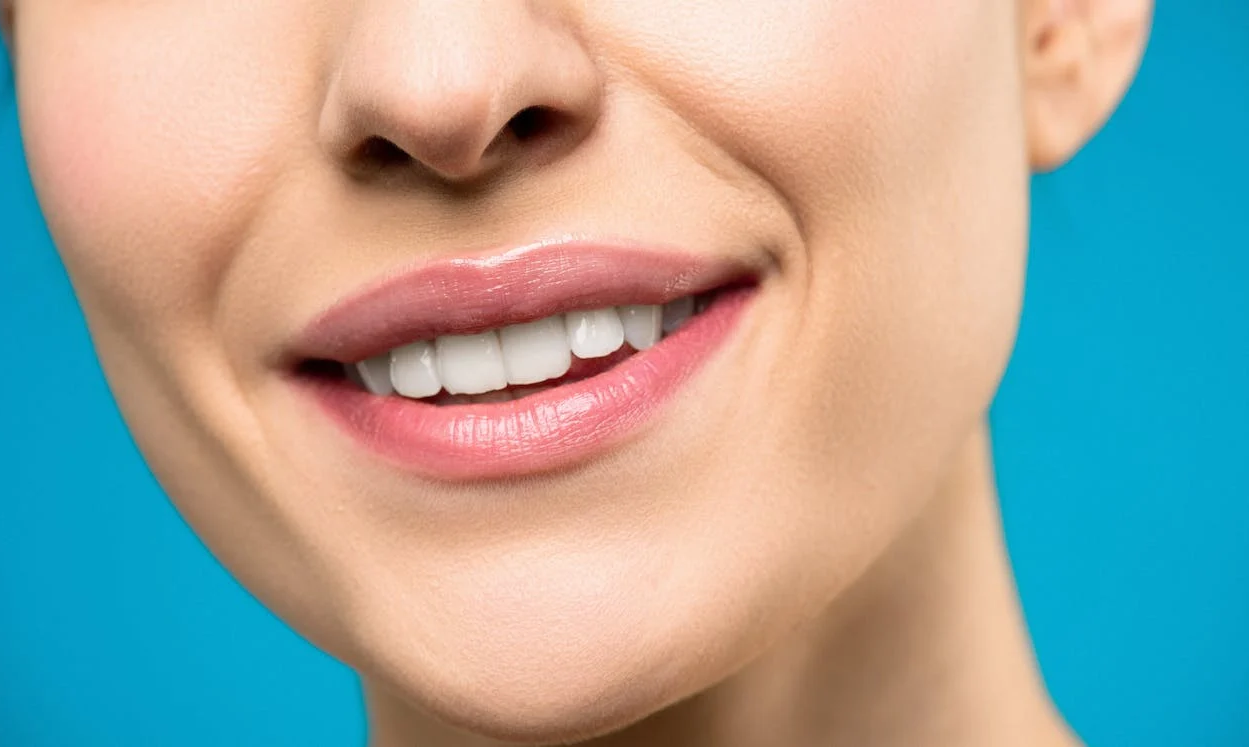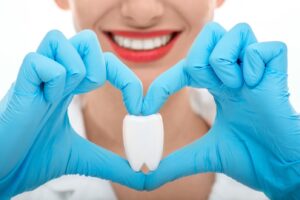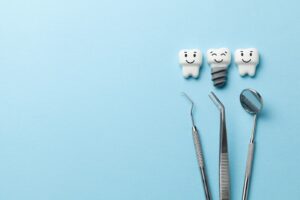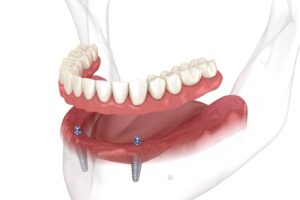If you’ve always wanted to have a perfect smile, you should know all about teeth whitening. Teeth whitening is a process that involves bleaching that will result in brighter and whiter teeth. The methods included in the process are UV (ultraviolet) light therapy, bleaching, and sanding down of the stains.
Why Do Teeth Discolor?
Discoloration of teeth is when their color changes from the original. Stained teeth appear less bright, gain a yellowish tone, or even develop dark spots. This can happen for a variety of reasons. If you understand the causes, it’s easier for your dentist to manage the discoloration and work on prevention.
Natural Aging Process
As with any other part of our bodies, the enamel on our teeth shows signs of aging and gets worn down as we grow older. During this process, the next layer, called the dentin, can slowly show through. This layer of a tooth is naturally yellowish, and because of this process, teeth start to look more yellow with age.
Dietary Habits and Smoking and Tobacco Use
Most of us consume at least some of these, but keep in mind that soda, tea, coffee, wine, and some juices can affect your enamel. These beverages, along with foods like beets, apples, cherries, and more, have high acidity and can contribute to staining. Any kind of food that might color your clothes is likely to similarly stain your teeth, as a general rule.
Additionally, the dental health and hygiene of smokers are a constant struggle. Besides the increased risk of gum disease along with other oral health problems, chewing or using tobacco products accelerates the staining of your teeth.
Medication and Treatments
Several medications and treatments can affect teeth discoloration and staining. These include antihistamines, antidepressants, antipsychotic drugs, and drugs for high blood pressure. If you were exposed to antibiotics like tetracycline or doxycycline before age eight or during pregnancy, it can also contribute to staining. Additionally, treatments like chemotherapy and radiation to the head and neck can have the same effect.
Excessive Fluoride Exposure
While fluoride is essential for dental health and preventing tooth decay, excessive exposure during tooth development can lead to cosmetic concerns. Such excessive fluoride exposure is often referred to as fluorosis. Mild fluorosis may result in barely noticeable white spots on teeth, while severe cases can cause brown staining.
Professional Teeth Whitening vs. At-Home Kits – Which One Is Better?
When it comes to options for teeth whitening, there are two options – to get your teeth done by a professional or use an at-home kit. Professional teeth whitening, typically performed by a dentist, tends to deliver quicker and more dramatic results. This procedure is higher priced. Keep in mind that dentists use stronger whitening agents and can customize treatments to your specific needs. They also ensure safety and effectiveness.
On the other hand, at-home whitening kits are more affordable and convenient. They usually contain milder whitening agents and can take longer to produce noticeable results. This is a good option for milder staining or treatment after you’ve got your teeth professionally handled.
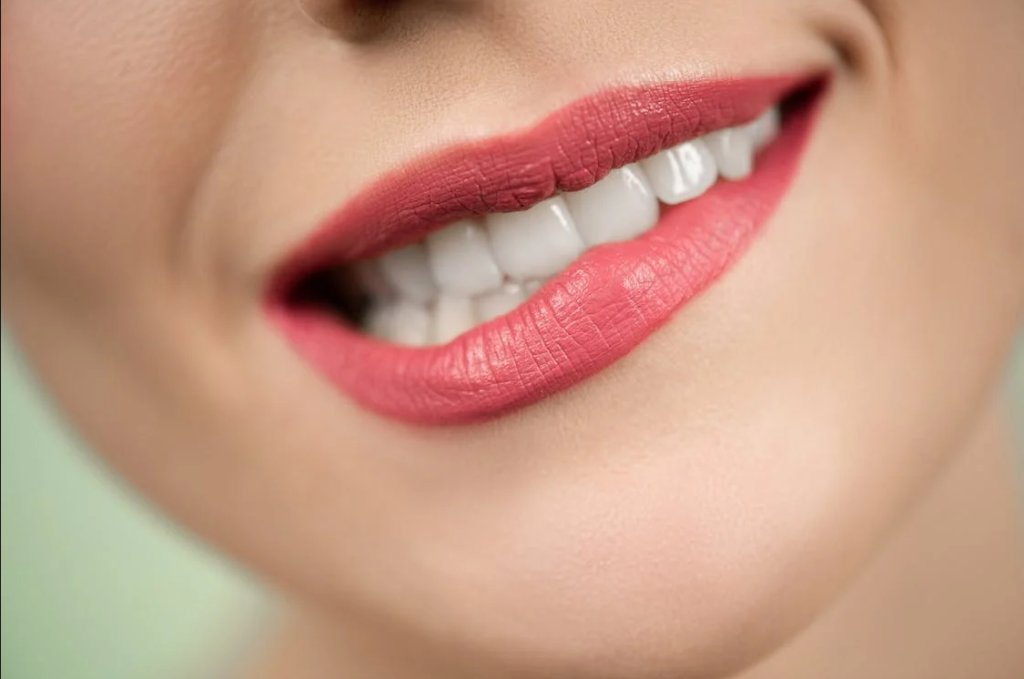
How Does Professional Teeth Whitening Work?
Professional whitening is performed by a dentist and involves the use of a higher concentration of whitening agents. Here’s how it generally works:
- The process begins with a consultation to assess your oral health and determine if you are a suitable candidate for teeth whitening.
- Before the whitening treatment, your dentist may clean your teeth to remove surface stains and plaque.
- The next step involves a protective barrier or a gel over the gums and soft tissues.
- Then, the dentist applies a high-concentration hydrogen peroxide or carbamide peroxide gel directly to your teeth.
- Some professional treatments use a special light or laser to activate the gel, which helps speed up the process.
- The whitening gel is left on your teeth, usually around 15-30 minutes per session.
- After the waiting period, the dentist rinses off the whitening gel, and you’ll see immediate results.
- In the end, your dentist may provide post-treatment instructions to minimize sensitivity and maintain the results.
Professional teeth whitening is an effective and safe way to achieve a brighter smile, especially as it offers personalized treatment under the supervision of a dental professional.
Potential Risks and Side Effects
Professional bleaching may have certain side effects, such as temporary sensitivity or gum irritation. These effects usually go away on their own. In rare cases, overusing whitening products can harm your teeth, so it’s best to follow your dentist’s recommendations.
Are You a Candidate for Teeth Whitening?
Most people can get their teeth whitened, but it’s important to talk to a dentist first. They’ll check your oral health and discuss if whitening is safe and suitable for you. If you have dental issues like cavities or gum disease, they may need to be treated first. A dental professional will help determine if you’re a good candidate for teeth whitening.
What Is the Cost of Teeth Whitening?
The cost of this procedure can vary on several factors, such as the method involved and the location.
| Teeth whitening method | Average cost range |
| In-office professional whitening | $300 – $1,000 |
| Take-home whitening kits (from a dentist) | $100 – $400 |
Miami Cosmetic Smile Design Team Is an Expert in Teeth Whitening
If you’re looking to achieve a brighter, more radiant smile, consider reaching out to the Miami Cosmetic Smile Design team. Our experts specialize in teeth whitening and are committed to helping you achieve the smile you’ve always dreamed of. Don’t hesitate to contact us today for a consultation and take the first step towards a more confident and dazzling smile.
